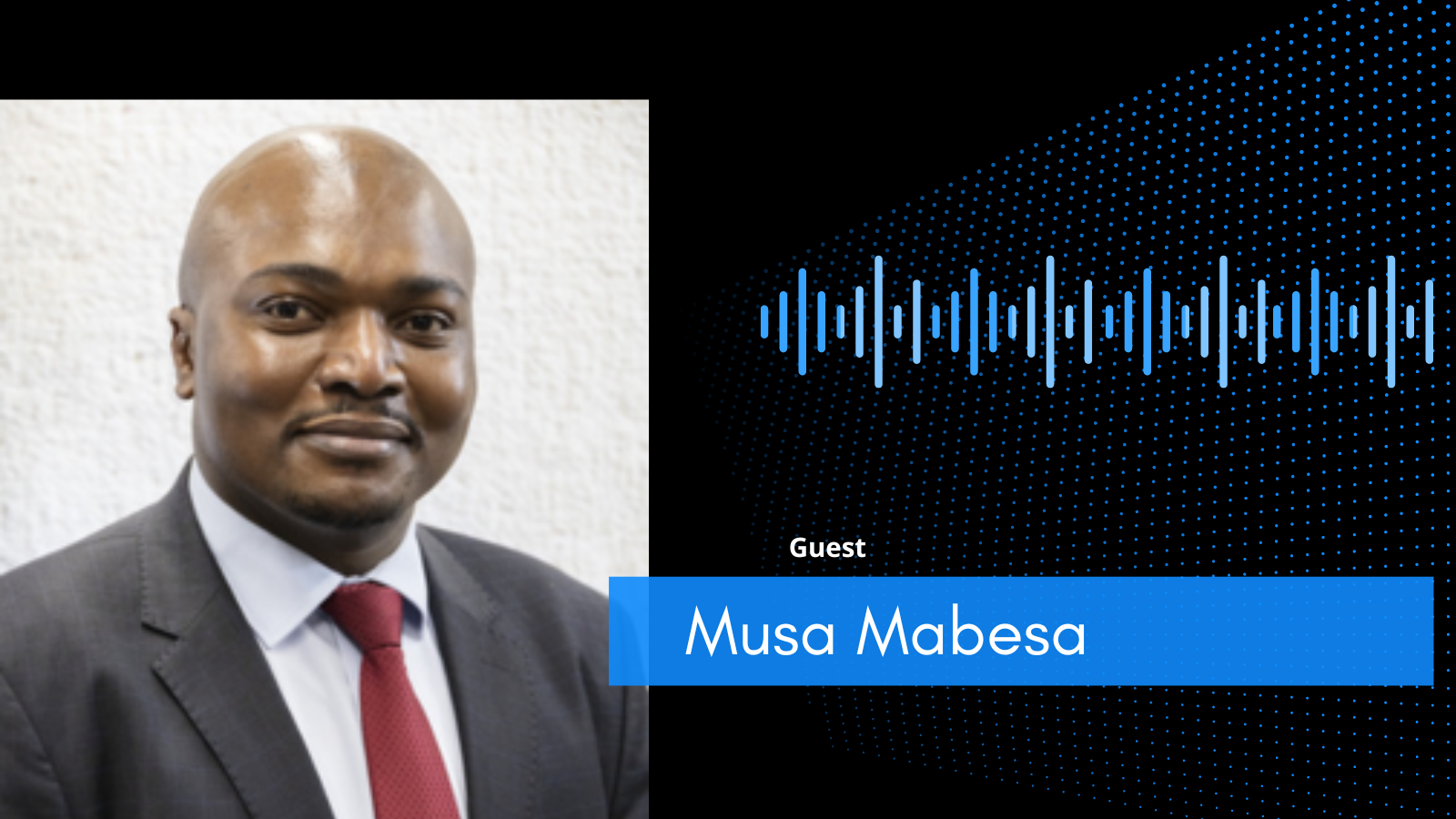Drawing Africa’s pension funds deeper into impact investing is one of the goals of this week’s Africa Impact Summit in Cape Town, South Africa.
To explore the opportunities, and the obstacles, ImpactAlpha sat down with Musa Mabesa, the principal executive officer of South Africa’s Government Employees Pension Fund. The GEPF is the largest pension fund in Africa with about 1.8 million members, including 550,000 pensioners, and approximately $140 billion in assets.
“We try to leverage the muscle that we have, as a big investor in the economy, to see how we can ease the burden of providing houses for members and use the strength of the balance sheet that we have to assist our members to access housing,” Mabesa told ImpactAlpha.
With 90% of its investments, by law, in South Africa itself, the GEPF is the largest investor on South Africa’s stock exchange and a major holder of many of the country’s largest companies.
Most of the GEPF’s assets are invested in public equities, and most of the rest in fixed-income investments. Mabesa’s focus on “impact” is largely limited to the 5% allocated to “alternatives,” including private equity. As of last year, the fund had $725 million committed to seven Africa-focused private-equity funds, including as an anchor investor in several Pan African Infrastructure Development funds.
Mabesa said the fund also invests in local infrastructure, including water and power projects sorely needed in South Africa, which experiences rolling blackouts and periodic water shortages, especially in Cape Town.
“We’re a significant player, and that makes us a responsible investor, because we will not only look after the investments of our members, but we’ve got a responsibility to watch South Africa Inc. as a general investor,” Mabesa said. “Why? Because anything that we do, has an impact on South Africa at large. So what we have to do is to make sure that we invest responsibly, firstly, for the sustainability of the pension fund, but as well for the sustainability of the South African economy.”
Alternative assets
That same “home bias” that ties the GEPF to South Africa can also insulate the fund from global markets. “In 2008, when we had the global economic crisis, the fund in South Africa generally was not as hugely impacted by what was happening in the global environment,” Mabesa said. “So it has worked to our favor when there’s turmoil in the global economy.”
Most of the fund’s assets are managed by the Public Investment Corp., a government-owned asset manager. Two years ago, the GEPF revised its agreement with PIC after an investigation into political interference at the firm under former President Jacob Zuma. The Public Investment Corp. has been ranked among the top 25 asset allocators globally by the Bretton Woods II Responsible Asset Allocator Initiative.
Mabesa stresses that the pension fund is not a development agency, but does have a “development policy framework” that allows 5% of the fund’s assets to be allocated across four “pillars,” including hard infrastructure, social infrastructure, the energy transition and small business financing.
The fund is a signatory to the Principles for Responsible Investment, or PRI, and has taken leadership on some governance issues, for example, pressing for more transparency around executive compensation at South Africa’s public companies. Mabesa says the fund insists external managers adopt ESG frameworks that consider environmental, social and governance factors in decision-making.
“We make sure that every investment that we make, especially in the unlisted space, has a social aspect to it. We make sure we take care of the environment,” he says. “So the impact aspect of it from a GEPF perspective is very important. We have to make sure that there is impact and it can be measured over time.”
Mortgages for members
Mabesa has made housing a special focus. The GEPF acquired 25% of one of the country’s biggest mortgage providers, SA Home Loans and arranged for another 25% stake to finance the firm’s program to back mortgages for pension fund members.
“We injected capital in that entity and we’ve serviced about 20,000 mortgages for members that were struggling in the past to get mortgages from other financial institutions,” Mabesa said. “That’s another example of how we can use the funds balance sheet to advance the interests of our members.”
Mabesa said he came away from the recent Salzburg Global Seminar appreciating the common challenges many countries face in assuring healthy food, water and housing.
“What we are missing in all the jurisdictions is how to make these bankable, or investable, projects, because for investors like ourselves we still want to receive an economic return over and above the social return,” he says. “So it’s packaging them in such a way that you still get a return over and above the social return.”











